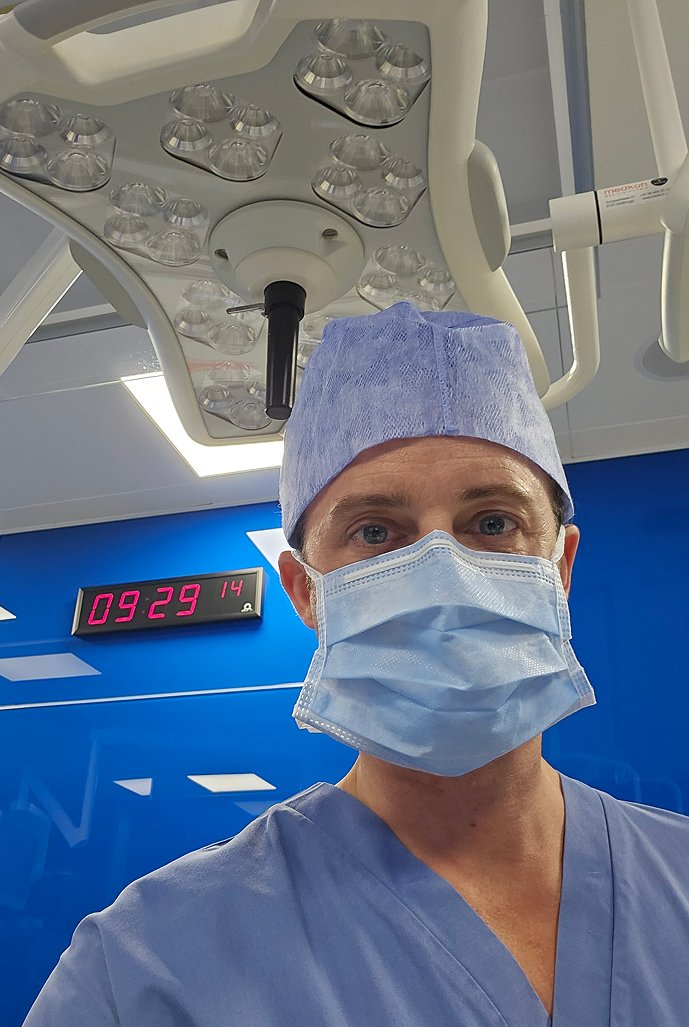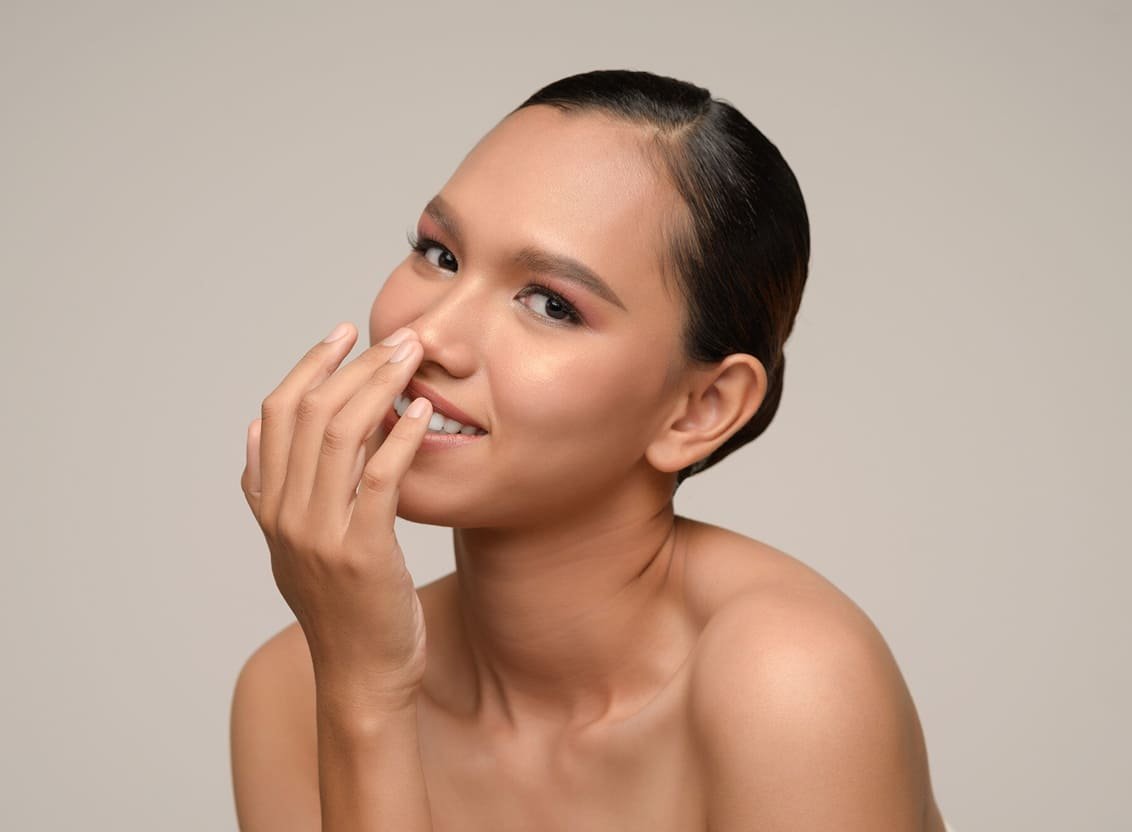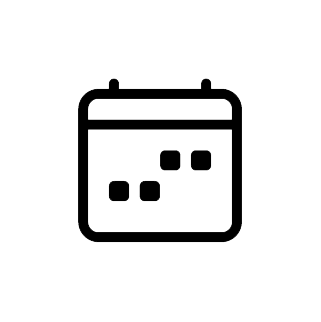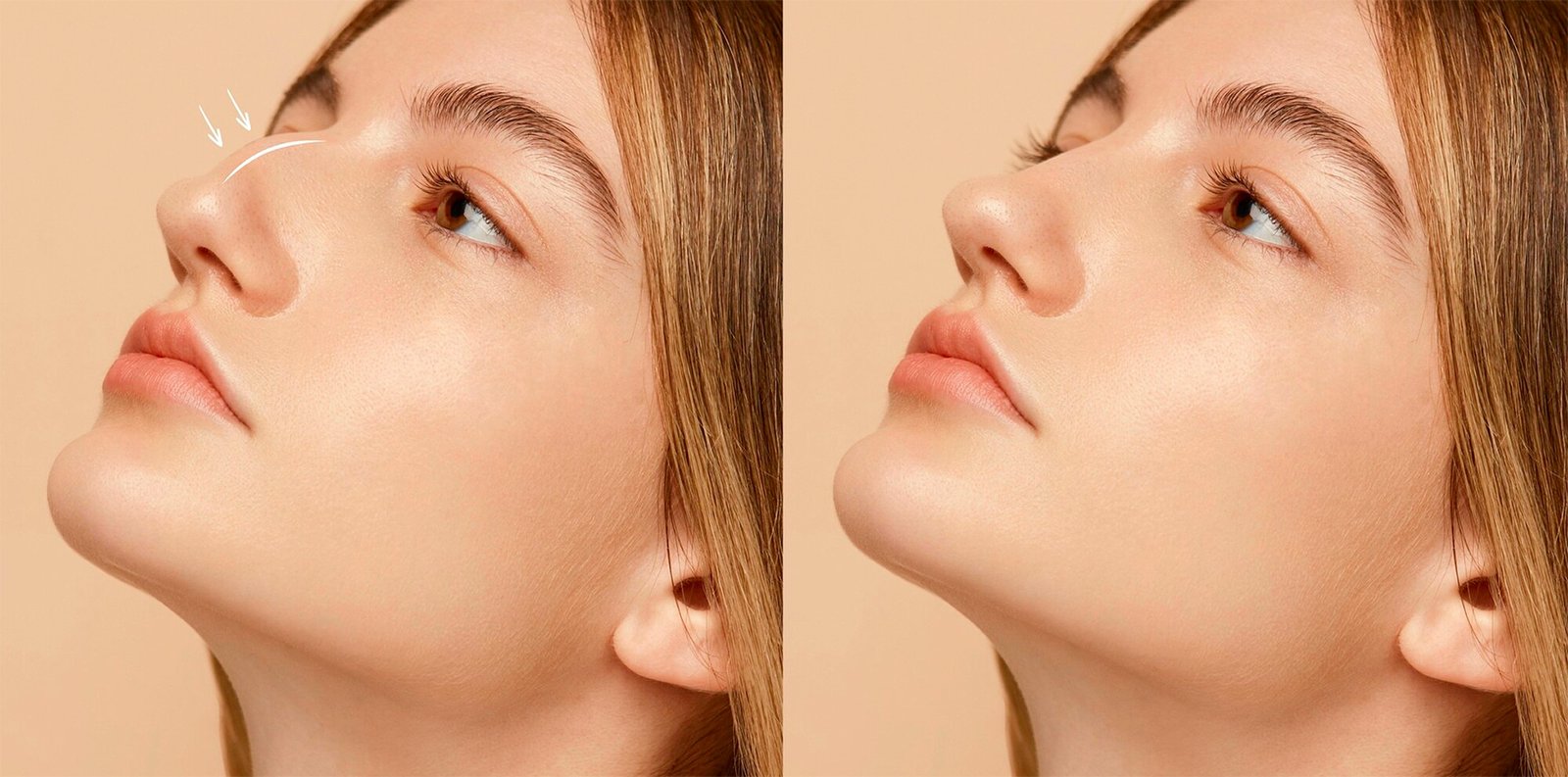Revision rhinoplasty specialist in Geneva
Correcting & refining previous nose surgery
Revision rhinoplasty is a complex procedure designed to improve the results of a previous nose surgery—whether to correct cosmetic concerns, restore breathing function, or address complications like scar tissue. Each case is unique and requires a personalized approach that balances structure, aesthetics, and functionality.
At our clinic in the heart of Geneva, advanced surgical techniques and years of specialized experience allow us to deliver precise, natural-looking results—even in the most challenging cases. The goal is to restore confidence, comfort, and facial harmony.
Key information
Recovery: 7-10 days
Common concerns a revision nose surgery can address
Revision rhinoplasty (also called secondary rhinoplasty) is a surgical procedure performed to correct or improve the results of a previous nose job. It’s typically more complex than primary rhinoplasty and requires a skilled, experienced surgeon—often one who specializes in nose surgery or facial plastic or reconstructive surgery.
Why Do People Get Revision Rhinoplasty?
- Unsatisfactory Cosmetic Results
- Nose looks over- or under-corrected
- Tip is too upturned, droopy, or pinched
- Asymmetry or irregularities from healing
- Nose looks unnatural or doesn’t suit the face
- Breathing Problems or Functional Issues
- Nasal obstruction or collapse of nasal valves
- Persistent deflections or perforations of the septum after surgery
- Over-reduction of cartilage or bone affecting airflow
- Complications or Structural Problems
- Excess scar tissue
- Grafts that shifted or did not integrate well
- Issues with skin healing
What Makes Revision Rhinoplasty More Complex?
- Scar tissue from the previous surgery can limit dissection extent.
- Existing cartilage may be weakened or missing, requiring cartilage grafts (from the ear, rib, or septum).
- Balancing function and aesthetics is more delicate than in a primary rhinoplasty.
When Can It Be Done?
- Dr. Cuno recommends waiting at least 9–12 months after your first rhinoplasty before considering a revision. This allows swelling to fully resolve and tissue to stabilize.
Costs
- Revision rhinoplasty is usually more expensive than the first surgery due to its complexity.
- It may or may not be covered by insurance, unless it’s done for medical reasons (e.g., certain breathing issues or deformities).


Why choose Dr Cuno’s clinic for your revision rhinoplasty?

If you’re thinking about revision, it is very important to go with a surgeon who has specific experience in revision rhinoplasty. Each revision is approached with precision, focusing on restoring both form and function—while delivering results that feel natural and in harmony with the face.
Revision rhinoplasty, also known as corrective or secondary rhinoplasty, is one of the most technically demanding procedures in facial plastic surgery. It requires advanced surgical skills, precision, and experience to address the challenges of previously altered anatomy.
Dr. Cuno is a double board-certified facial surgeon, specialized in both facial plastic and ENT surgery—an essential combination for addressing the functional and aesthetic complexities of revision cases. He performs several rhinoplasties each week and is among the highest-volume revision rhinoplasty surgeons in Switzerland. His experience with complex, structurally compromised noses leads to consistent, stable outcomes.
Our clinic in the heart of Geneva is equipped with state-of-the-art technology, including 3D imaging and ultrasonic instruments (piezotome), ensuring accuracy and safety at every step.
From your first consultation to post-operative care, our team offers personalized, attentive support—prioritizing your safety, comfort, and long-term satisfaction.
Every revision case is unique. Dr. Cuno’s approach is fully customized to restore facial harmony, breathing function, and confidence—with results that feel natural and refined.

The first step is a personalized consultation.– Book your appointment to get expert advice—no obligation, just honest guidance.

Make an appointment
What to expect: the revision rhinoplasty surgery process

Before the operation
Revision rhinoplasty is widely regarded as one of the most technically challenging procedures in facial plastic surgery. It’s a second (or sometimes third or more) surgery
performed to correct or improve the results of a previous rhinoplasty, whether for functional, aesthetic, or both reasons.
Why Is Revision Rhinoplasty So Difficult?
During revision rhinoplasty the following problems have to be addressed : dissecting scar tissue, navigating the altered nasal anatomy from previous surgeries, dealing with limited materials to work with, managing with skin/soft-tissue changes and repairing functional issues.

Skill Required
- High-level expertise in nasal anatomy and surgical technique.
- Usually performed by surgeons who specialize in rhinoplasty or facial plastic surgery.
- Experience matters—a lot. Surgeons often recommend waiting 12–18 months after the initial surgery to allow tissues to fully heal before revision.
Success Rates & Patient Expectations
- While outcomes can be excellent, revision carries higher risk of dissatisfaction.
- A detailed consultation and realistic expectations are key.
- Some patients may require more than one revision if the issue is complex.
Decision made during the During the revision rhinoplasty
- The first step is to safely open and expose the scarred nasal structures.
- Once open, the surgeon has an overview over the situation and can then make a decision if necessary graft harvesting is necessary or certain techniques are necessary, this may include :
- – cartilage grafts harvesting (ear or rib cartilage),
- – liposuction for fat graft harvesting (nanofat or microfat grafting),
- – scar tissue excision
- – bone adjustments using the piezotome (ultrasonic surgery) for refinement
- – reinforcing structures in place
- The goal is always the same: to restore structure, function, and harmony—while achieving results that look natural and feel right for your face.
For every rhinoplasty, and to support healing, we provide personalized aftercare guidance, including nasal taping, LED therapy, and corticosteroid injections if needed.

Before & After Gallery
See the difference
Every face tells a story—these images show natural yet impactful changes that help patients feel more confident and at ease in their own skin.
Have questions? Contact our specialists

Get in touch today!
Other procedures you may be interested in
rhinoplasty
rhinoplasty
nose surgery
rhinoplasty
Chin augmentation

